From sinking islands to drought-ridden savannas, women bear an outsize burden of the global—warming crisis, largely because of gender inequalities. In many parts of the world, women hold traditional roles as the primary caregivers in families and communities, and, as the main providers of food and fuel, are more vulnerable when flooding and drought occur; the U.N. estimates 80% of those who have been displaced by climate change are women.
Given their position on the front line of the climate-change battle, women are uniquely situated to be agents of change—to help find ways to mitigate the causes of global warming and to adapt to its impacts on the ground. This reality was recognized by the Paris Agreement, which specifically included the global need to further empower women in climate decision-making. Today, across the world, from boardrooms and policy positions to local communities, from science to activism, women everywhere are using their voices to take leadership and call for action on climate change.
We’ve chosen 15 such women to highlight, in profiles spread throughout the rest of this issue of TIME.
Sign up for One.Five, TIME’s climate change newsletter
Christiana Figueres
Diplomacy
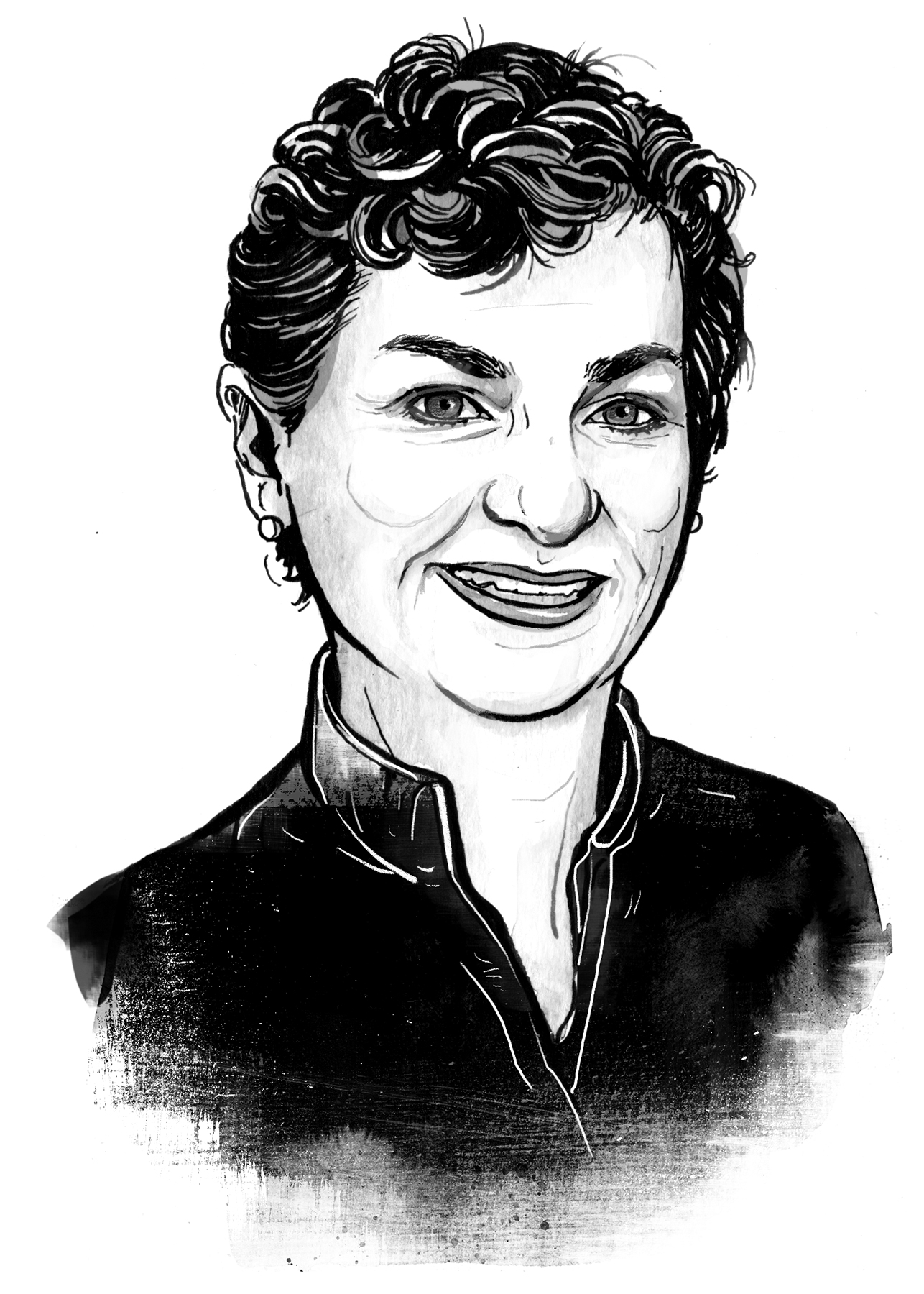
After heading a climate-change nonprofit for eight years, Christiana Figueres took on leadership of the UNFCCC, the body responsible for international climate-change negotiations, at the agency’s lowest point. Just five months earlier, the world failed to reach an agreement at the 2009 Copenhagen summit. She injected a unique sense of optimism, attempting to remove the talks from what she calls “the political trash can.” It worked: Figueres successfully steered world leaders to reach the Paris Agreement in 2015. Along with a number of other women involved in the negotiations, Figueres was successful in shedding an important light on the gender dimension of climate change. She’s now writing a book about what the world needs to do in the next 10 years to combat climate change. —Jennifer Duggan
Rhiana Gunn-Wright
Policy
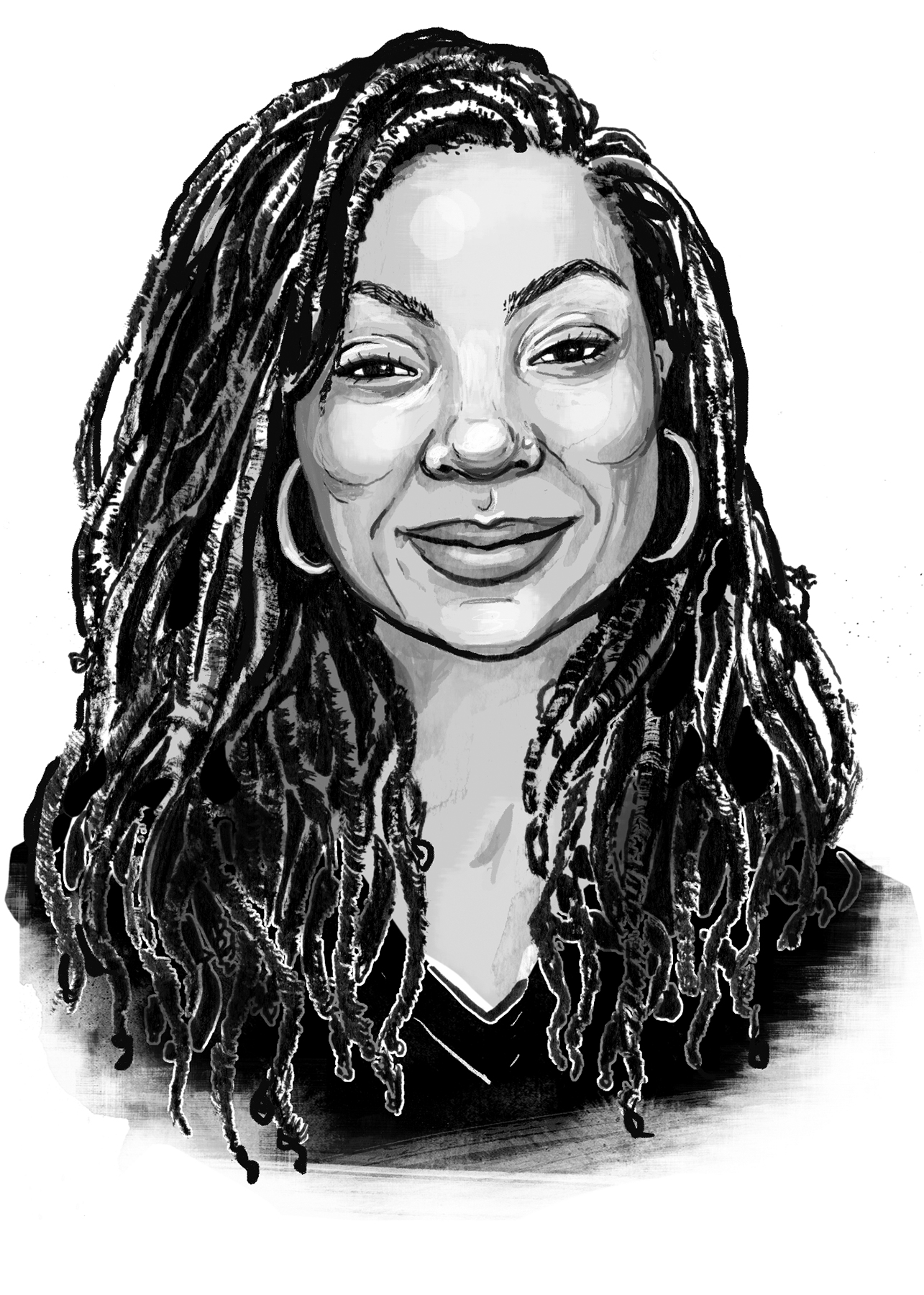
While working in Detroit’s department of health in the mid-2010s, Rhiana Gunn-Wright realized how the environment shapes a wide range of social–justice issues. The government urgently needed to address climate change, she thought, but “you weren’t going to solve the problem with just solar panels,” she says. “People were being poisoned.” Now, Gunn-Wright is bringing that holistic approach to the national level, working behind the scenes at New Consensus, a think tank with ties to progressive lawmakers. As the group’s Green New Deal policy lead, she is charged with thinking through the nuts and bolts of the program and strategies to pitch the bold climate plan. If progressive Democrats make further gains in Washington, Gunn-Wright’s proposals could wind up as law. —Justin Worland
Hilda Heine
Governance
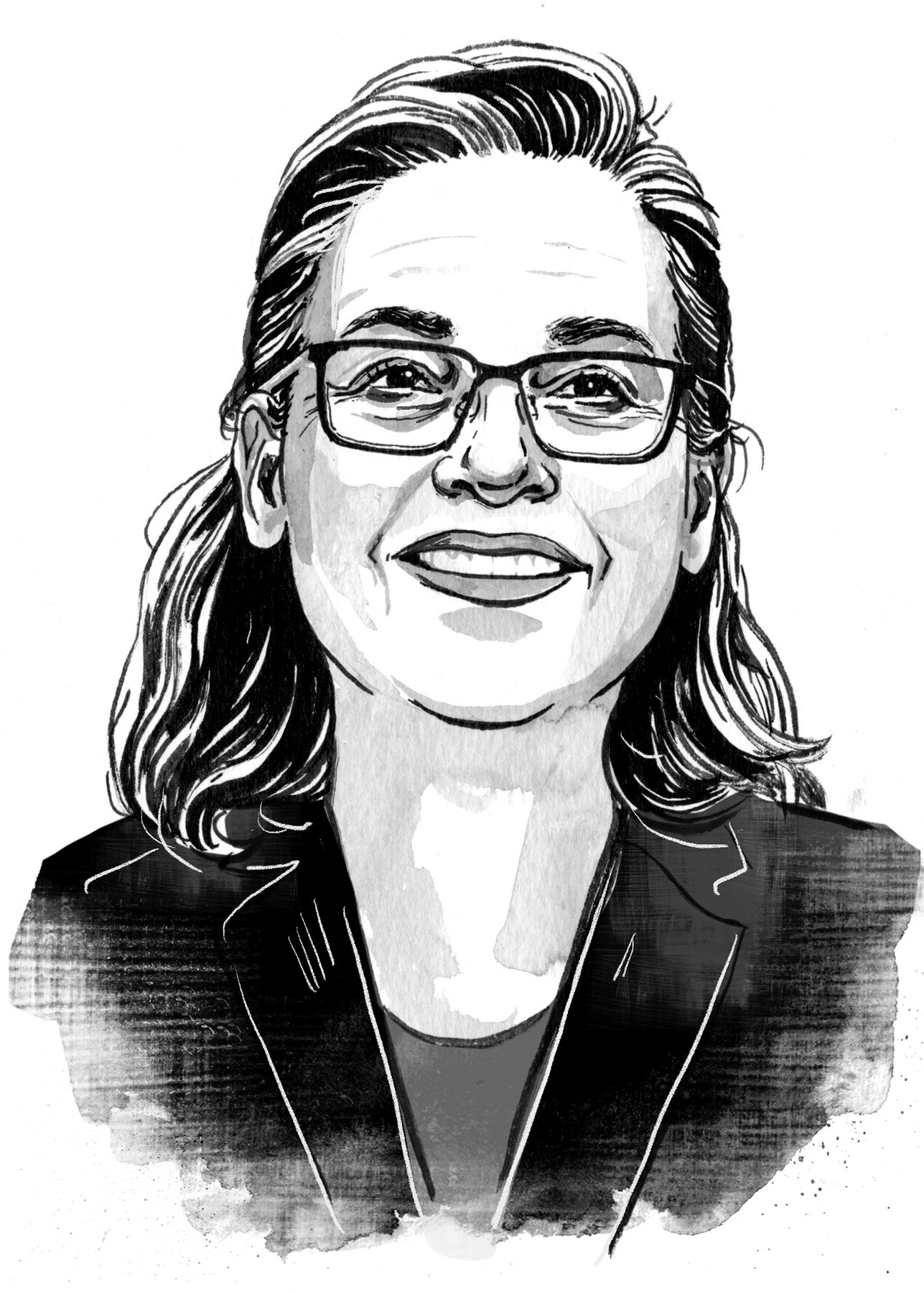
Climate change is literally at Marshall Islands President Hilda Heine’s doorstep. “Around my house, I have had to build a seawall,” she says, “because there is water coming over from the shoreline.” The sea is encroaching quickly on President Heine’s low-lying Pacific island state, and over the past four years, the government has had to put in place adaptive measures like building coast–protection systems and seawalls, she says. Heine has taken to the international stage to share the story of her country and the difficult decisions her compatriots are facing, including the possibility of relocating. She chairs the Climate Vulnerable Forum, a group of some 50 countries particularly in peril from climate change, despite having contributed a pittance to atmospheric greenhouse gases. Heine is adamant that everyone needs to take action; she’s committed the Marshall Islands to going carbon–neutral by 2050, and the nation was the first to submit its emissions pledge under the Paris Agreement. —Jennifer Duggan
Hindou Oumarou Ibrahim
Indigenous Activism
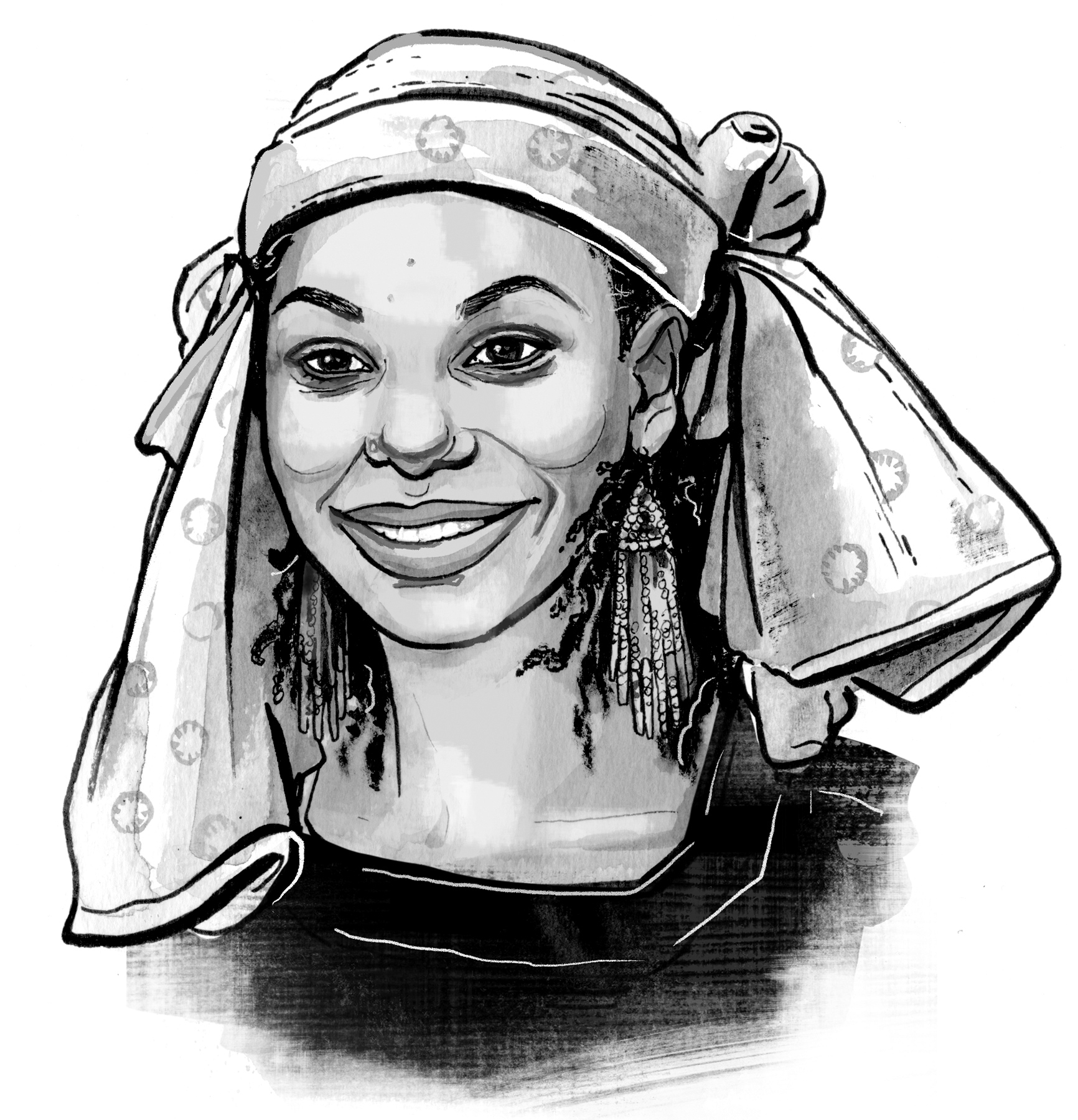
Hindou Oumarou Ibrahim, from the Mbororo pastoralist community in Chad, has spent the past 10 years working to bridge the gap “between the international decisions [on climate change] with the reality on the ground,” she says. “I want to tell people what it is like in my country.”
Traveling the nation to meet with indigenous groups, she kept hearing how much the environment was changing. “Each year I am seeing resources shrinking, and my people are struggling for survival,” says Ibrahim. Leading up to the historic 2015 climate-change meetings in Paris, she was a key leader among indigenous groups that successfully lobbied to have their rights recognized, and she was selected to speak at the signing ceremony of the accords. Indigenous communities are among the most vulnerable to the impacts of climate change, but they can also offer solutions, says Ibrahim. “The traditional knowledge of indigenous people, that is centuries old, can help the world adapt.” —Jennifer Duggan
Tessa Khan
Law

In 2015, Tessa Khan was living in northern Thailand and working on behalf of a women’s human-rights nonprofit when news of a district-court case more than 5,000 miles away caught her attention. A court in the Hague had ruled in favor of some 900 Dutch citizens and a group known as the Urgenda Foundation, which had sued the Netherlands, demanding that the state reduce its greenhouse–gas emissions. Khan realized the courts could be a powerful tool to fight climate change and in the process mitigate what she calls “one of the biggest systemic threats” to international human rights. She moved to London and joined Urgenda, where she now provides legal assistance to people around the world who want to take their governments to court over inadequate climate policies. She says she hopes the cases draw attention to the actions governments need to take to reduce the use of fossil fuels and to show how ordinary people will be impacted by climate change. —Tara Law
Rachel Kyte
Sustainability
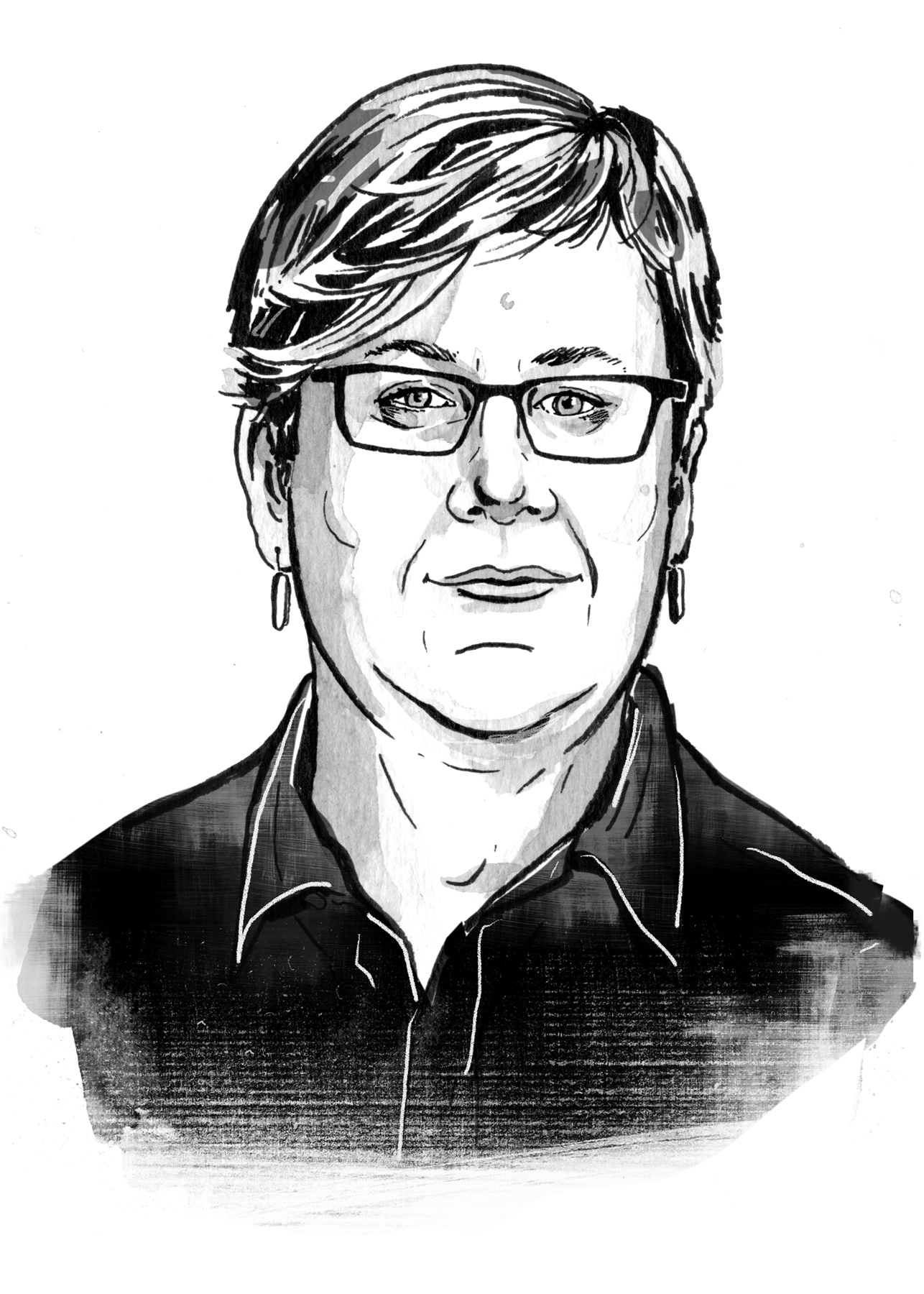
As climate change has exploded as an issue on the international scene, Rachel Kyte has become a go-to expert for heads of state and multinational CEOs trying to figure out how to transition away from fossil fuels. In the lead-up to the September 2019 U.N. Climate Change Summit, she has played an influential role leading the U.N. Secretary General’s push for countries and companies to make new commitments to expedite the energy transition. As the leader of the World Bank’s climate program ahead of negotiations that yielded the Paris Agreement, Kyte developed strategies to make hundreds of billions of dollars available to developing countries eager to address climate change but lacking the resources. Kyte, just named dean of the Fletcher School at Tufts University, currently leads a nonprofit, Sustainable Energy for All, that seeks to bring energy to under-developed places while also helping them move away from fossil fuels. “We have to make sure we take care of everybody,” she says. —Justin Worland
Kate Marvel
Science

In blog posts, tweets and podcasts, Kate Marvel cuts through misinformation about climate change with storytelling. “I don’t see doing science and talking about the science as mutually exclusive things,” she says. In 2013, as a postdoctoral researcher with the Lawrence Livermore National Laboratory, Marvel helped discover that human activity has almost definitely changed global rainfall patterns. Today she’s an associate research scientist at the NASA Goddard Institute for Space Studies at Columbia University, where she recently partnered with colleagues to study climate models and tree rings, and discovered that climate change has been affecting drought since 1900. Her approach to dealing with climate change might be best summed up in her 2017 TED talk on the currently unknown impact clouds could have on the future of global weather. “We don’t know for sure what the future holds. But we are sending our kids there, and they are never coming back,” she said. “I want them to be prepared for what they’ll face.” —Jasmine Aguilera
Sunita Narain
Advocacy
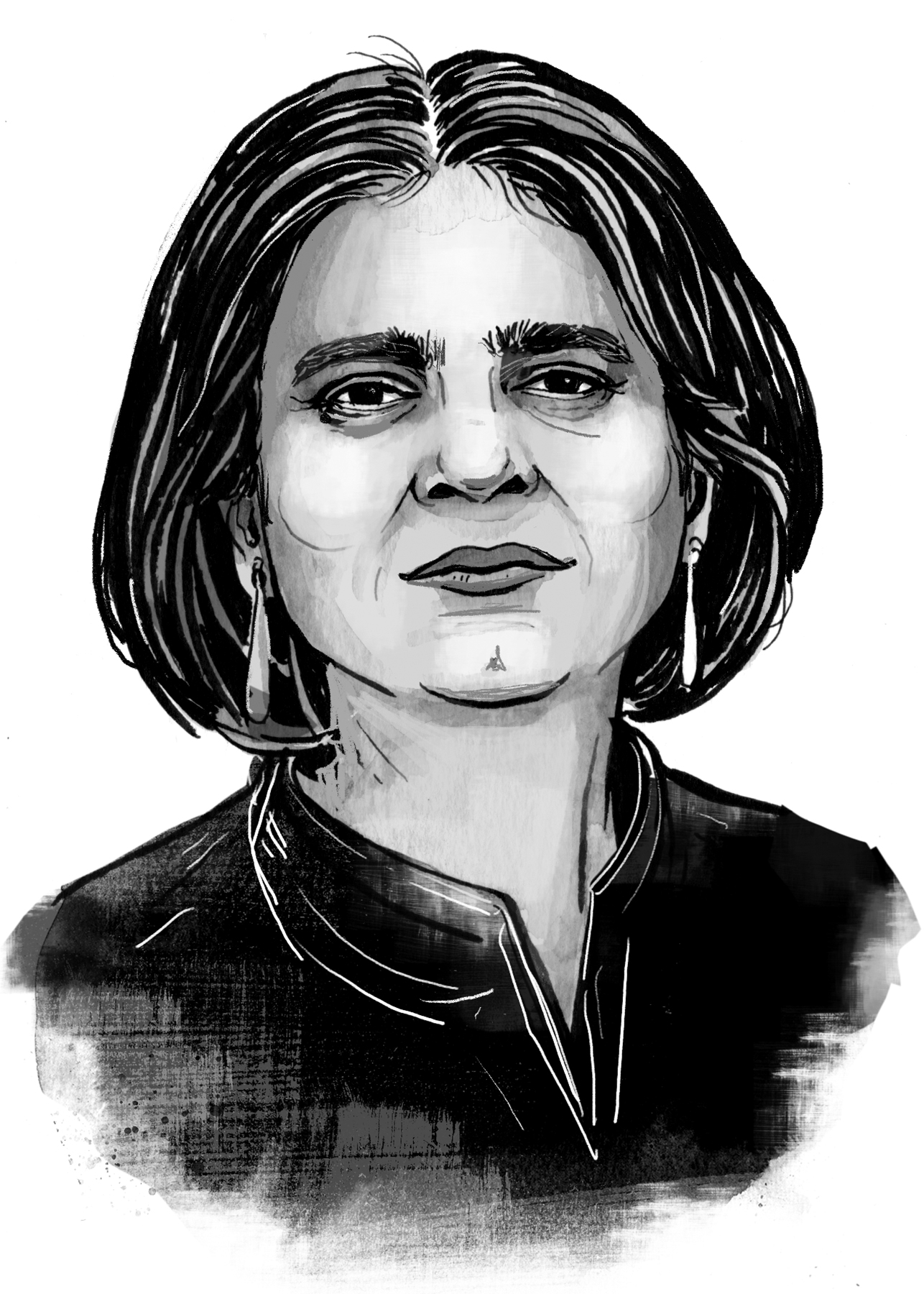
An environmental-policy researcher since 1982, Sunita Narain has won awards for work on issues ranging from rainwater harvesting to tiger conservation to air-pollution mitigation. “The thing I feel good about is that we’ve always focused on the solutions,” she says. Today, she’s concerned that minority voices from the Global South are being drowned out in the climate-change dialogue. “[It] has to be a much more inclusive issue,” she says. “Everybody has the right to development, which means everybody has the right to clean energy.”
Narain believes Indian politicians and media are starting to take climate change more seriously now that floods and devastation have become a reality. Now they—and leaders from other developing countries—need to speak up at a global level to urgently reduce emissions, she says. “I have a lot of faith in humankind, and if you explain the immorality of the impact on the poor, they will understand. Our battle may not be completely lost.” —Naina Bajekal
Ellen Page
Communication
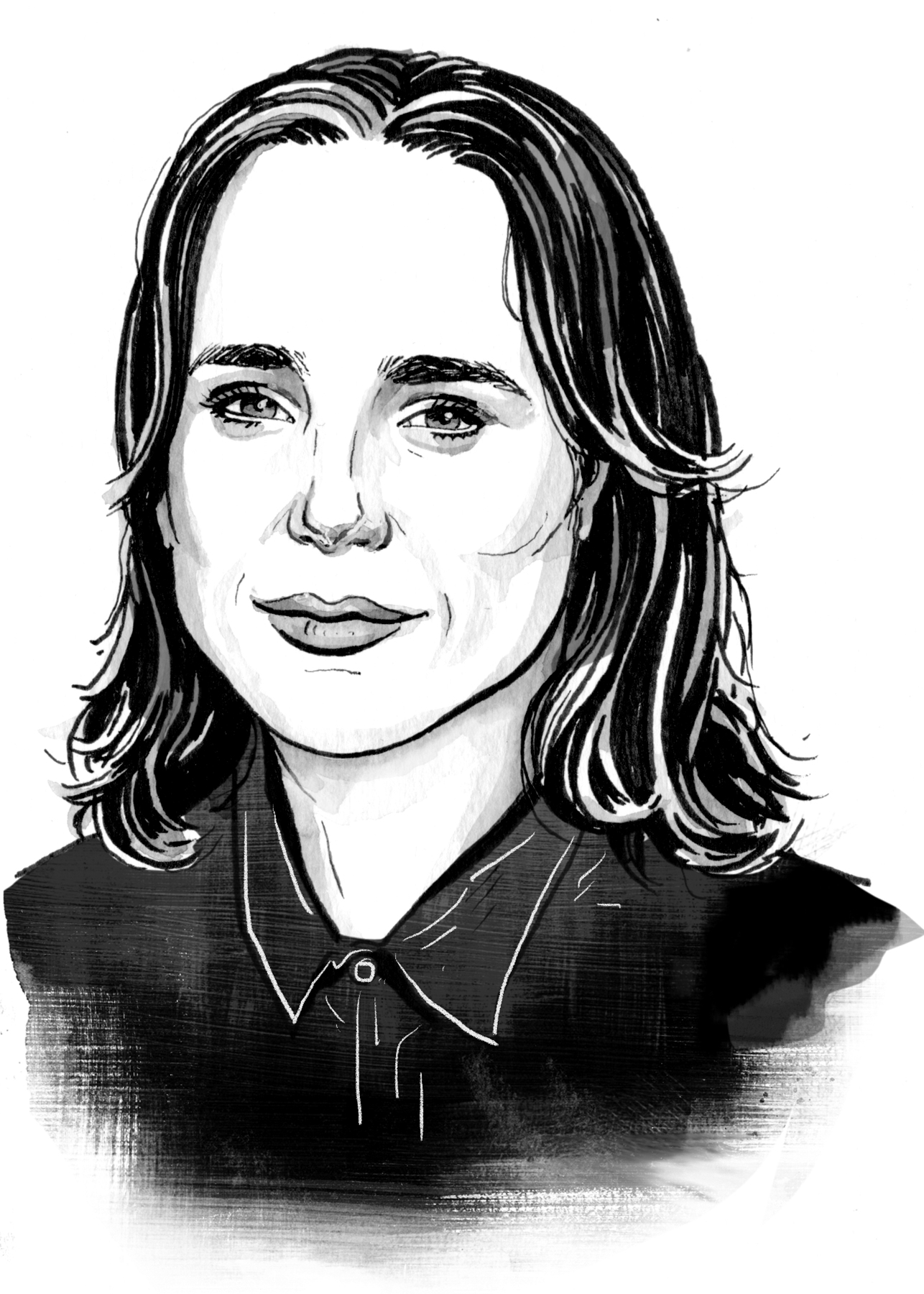
Late last year, actor and activist Ellen Page read two books—Joan Baxter’s The Mill: Fifty Years of Pulp and Protest and Ingrid Waldron’s There’s Something in the Water—that opened her eyes to the environmental racism plaguing generations of indigenous and black communities in her home province of Nova Scotia, Canada. Page channeled her anger into a new documentary based on Waldron’s work (and sharing its title), which examines the health impacts of environmental racism and the resistance efforts of affected communities. In the film, Page returns to Nova Scotia and talks to women leading the charge to restore their communities. They band together, for example, to prevent a company from building a natural-gas storage facility that would harm the Shubenacadie River, and to fight for the cleanup of Boat Harbour, a former aquatic hub for the Pictou Landing First Nation polluted by wastewater from a nearby pulp mill. “The level of cruelty in what I witnessed, in what these individuals have lived with, is disturbing and horrific,” says Page. “These issues are life or death, literally.” —Mahita Gajanan
Anne Simpson
Finance

When it comes to transitioning the world off fossil fuels, “money talks,” says Anne Simpson, director of global governance at CalPERS, California’s public pension fund. Simpson should know. Her employer ranks among the world’s largest public funds, and she has used the sway that comes with -CalPERS’ more than $350 billion in investments to urge change. Early victories include pushing some of the world’s biggest companies to disclose the risk climate change poses to their businesses. To extend her reach, Simpson helps lead Climate Action 100+, an investor-led initiative to engage in behind-the-scenes negotiations to demand the world’s 100 biggest greenhouse—gas emitters change their ways. It’s prompted companies like mining giant Glencore to cap coal production and oil-and-gas major Shell to commit to emission-reduction targets. To Simpson, investor activism is simply good business sense. “There’s no business that can function without a healthy eco-system,” she says. —Justin Worland
Greta Thunberg
Youth Activism
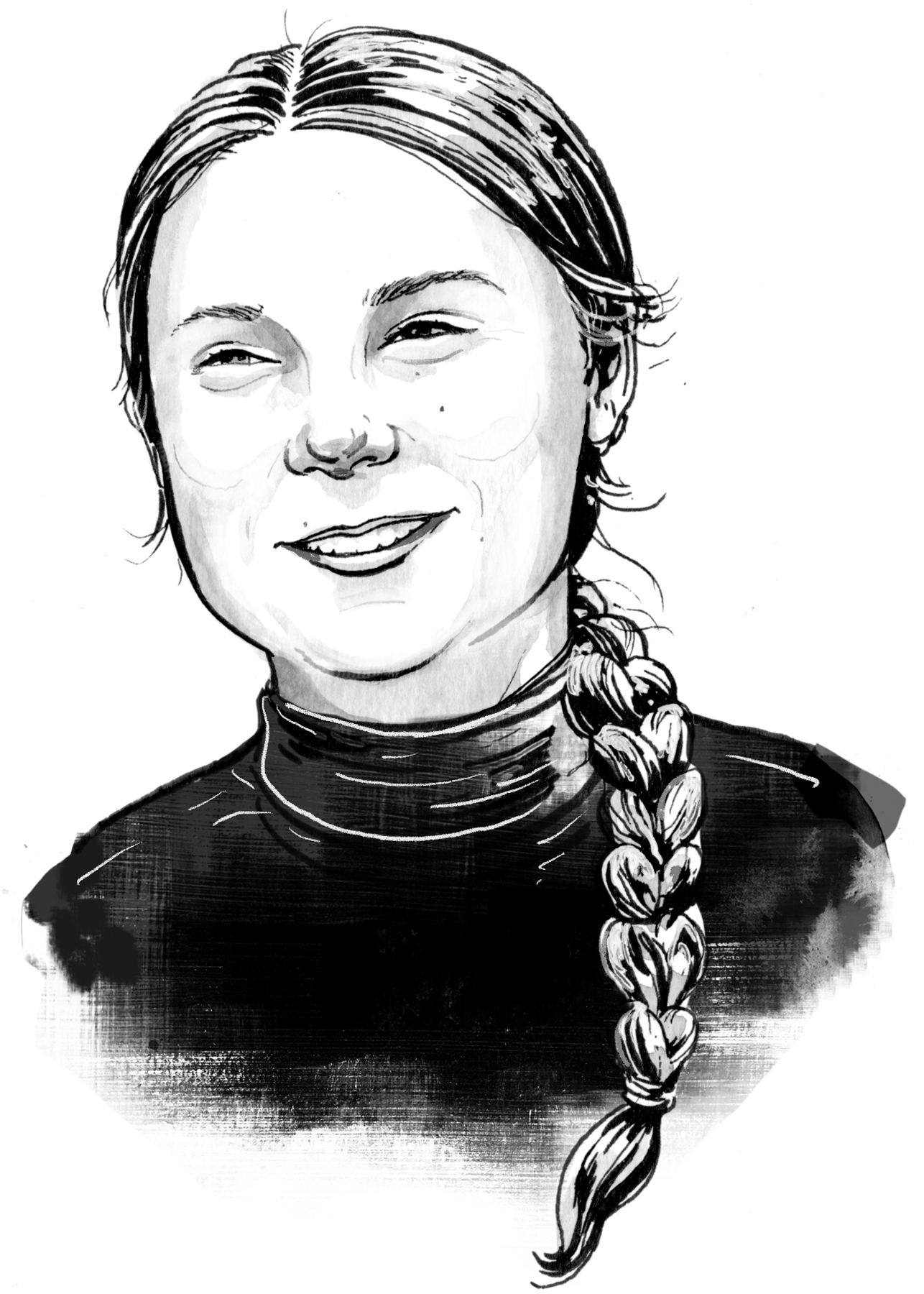
In 2018, then 15-year-old Greta Thunberg started a school strike in Sweden to draw attention to the climate crisis, and since then her message has spread—despite her avoidance of air travel because of its high carbon emissions. Young people across the world have followed her path, striking and marching to make clear to adults and decision-makers that this is a true emergency. “We are children saying, ‘Why should we care about our future when no one else is doing that? And why should we bother to learn facts when facts don’t matter in this society?’ When children say something like that, I think adults feel very bad,” Thunberg told TIME in April. In late August, she landed in the U.S. after a 15-day boat trip across the Atlantic, and she has plans for a months-long tour of the Americas—with a zero-carbon footprint. “This is an existential crisis that is going to affect our whole civilization, the biggest crisis humanity has ever faced,” she says. “I’m not planning to stop this movement, and I don’t think anyone else is either.” —Suyin Haynes
Kotchakorn Voraakhom
Architecture
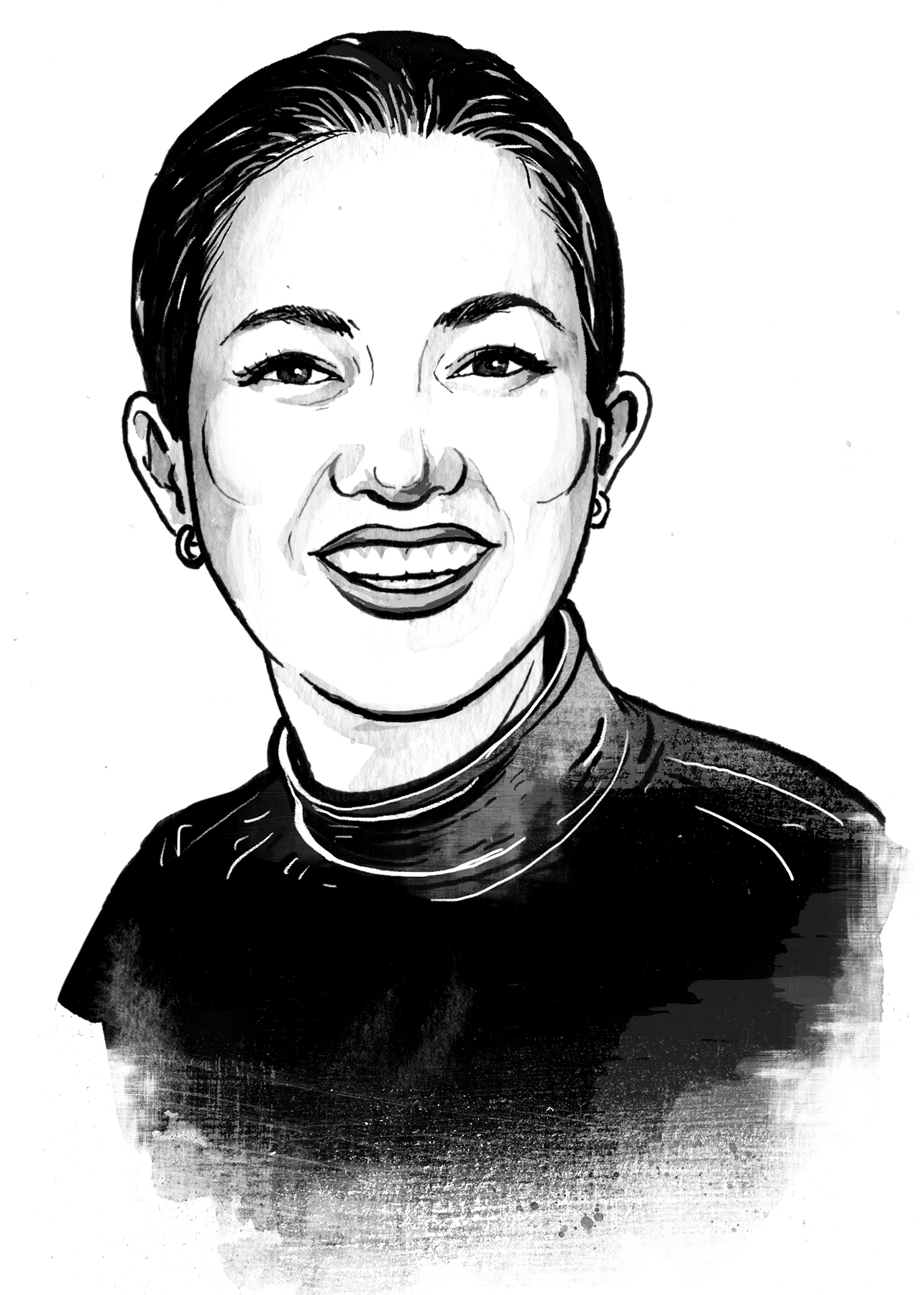
As a child, Kotchakorn Voraakhom liked to pry apart cracked pavement to let seedlings burst through Bangkok’s sprawl. Now, the landscape architect designs park-size cracks to help Southeast Asia’s megacities cope with climate change. Last year, her 11-acre project at Chulalongkorn University was Bangkok’s first new public park in 30 years and won awards for its innovative design, which adds much needed “green lungs” to a dense metropolis and absorbs and reuses excess water plaguing Thailand’s -capital—one of the locations most at risk from worsening storms, floods and sea-level rise. This year, she will open a 36-acre plot with the capability of storing more than 2.5 million gallons of water. Her social enterprise, the Porous City Network, champions green interventions like these “thirsty” parks, as well as urban farming, green roofs and canal restoration to help vulnerable communities in Southeast Asia adapt to the coming deluge. —Laignee Barron
Miranda Wang
Invention
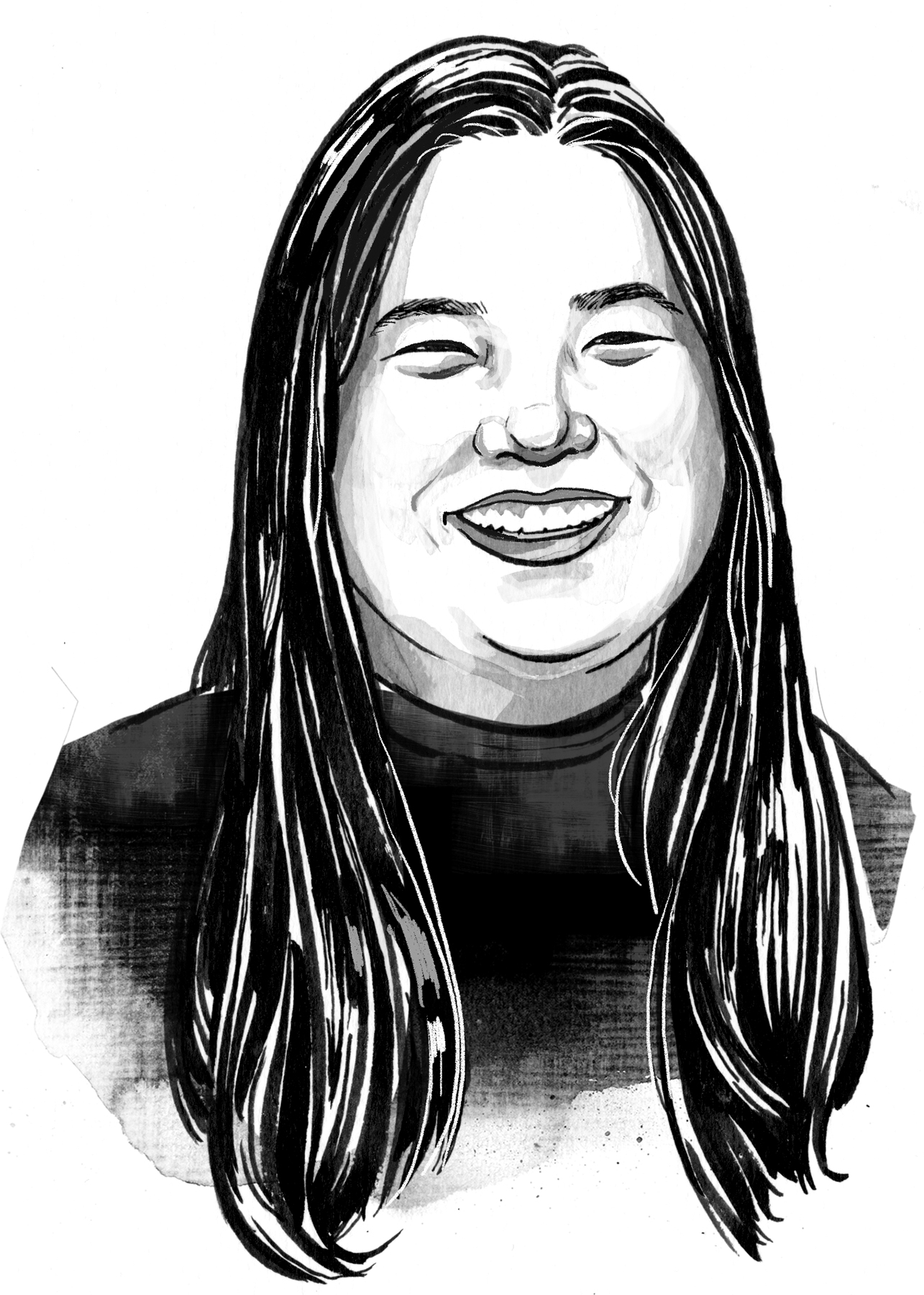
Ten years ago, Miranda Wang went on a school field trip to a waste–management facility and was shocked by the vast amount of plastic she saw there, destined for landfill. Now 25, Wang is CEO and co-founder of a Silicon Valley–based startup, BioCellection, that transforms the most commonly used and unrecyclable plastics into new materials using pioneering chemical technology. “[Plastics] are just natural compounds and natural carbons tied together in an unnatural way, and once you disrupt that, you can use those natural building blocks to make anything,” says Wang. “We can make a product from plastic garbage that’s not only useful in new products, but it is biodegradable and can break down.” The company’s pilot program with San Jose, Calif.’s waste-management facility has already received accolades from groups like the U.N. Environment Programme, and now Wang is setting her sights on other cities all over the world. —Suyin Haynes
Katharine Wilkinson
Education
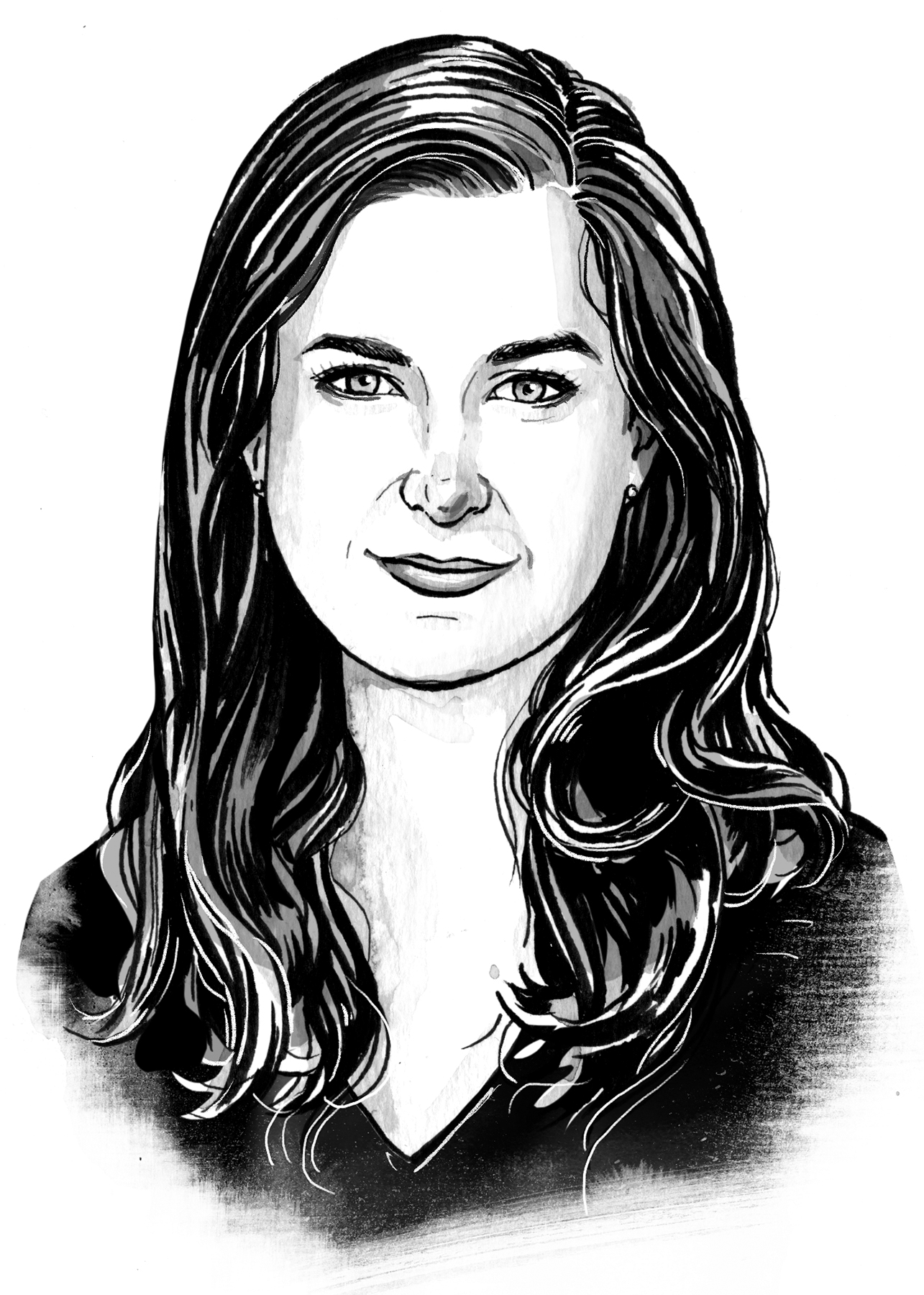
Author, public speaker and teacher Katharine Wilkinson has been passionate about protecting the planet since she went on an outdoor retreat 20 years ago as a high school student in North Carolina. “I went from loving the outdoors … to feeling incredibly convicted about how much work there was to be done,” she says. In 2017, the book Drawdown: The Most Comprehensive Plan Ever Proposed to Reverse Global Warming became a best seller. Wilkinson was the primary author. One of her guiding principles is the need to shift the climate-change discourse to “be more courageous and more emotionally intelligent,” she says, and the book is “about moving through what is hard and continuing to rise to the challenge.” Wilkinson recently co-hosted her own outdoor retreat, the Feminist Climate Renaissance, bringing together women from across sectors. “The climate crisis is also a leadership crisis,” she says, “and many women and girls are stepping in to fill that void and lead us forward … in a way that has not been the status quo in the climate movement.” —Suyin Haynes
Wu Changhua
Business
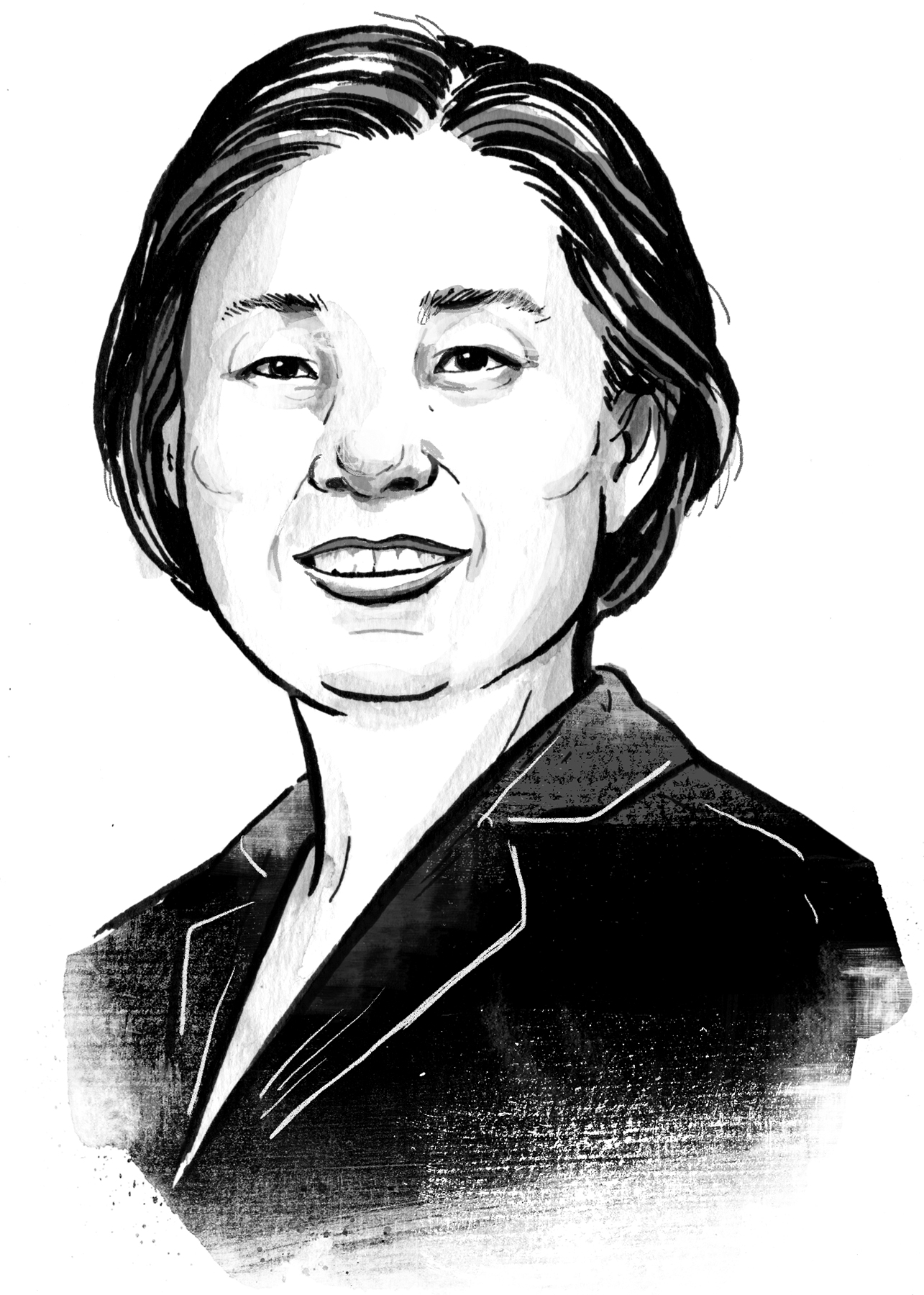
Back in 1990, when Wu Changhua first started documenting environmental issues as a young photojournalist in Beijing, she thought it was “all about planting trees and keeping the streets clean.” Few policymakers in China knew any different, prioritizing unbridled growth at any cost. As she moved into business and advocacy, Wu learned fast, and her patient cajoling helped shepherd the rehabilitation of the world’s No. 2 economy from an environmental pariah to a champion of green issues on the global stage. It involved tact. While international institutions publicly scolded China for its belching factories and toxic waterways, Wu worked with officials behind the scenes to help infuse global standards into industry and urban planning. “For a long time we were ignored, marginalized, but now we’re pretty much mainstream,” says Wu. Now CEO of the Future Innovation Center, Wu continues to advise governments and corporations on sustainability strategy and the low-carbon economy. —Charlie Campbell
This is one article in a series on the state of the planet’s response to climate change. Read the rest of the stories and sign up for One.Five, TIME’s climate change newsletter.
More Must-Reads from TIME
- Cybersecurity Experts Are Sounding the Alarm on DOGE
- Meet the 2025 Women of the Year
- The Harsh Truth About Disability Inclusion
- Why Do More Young Adults Have Cancer?
- Colman Domingo Leads With Radical Love
- How to Get Better at Doing Things Alone
- Michelle Zauner Stares Down the Darkness
Contact us at letters@time.com
